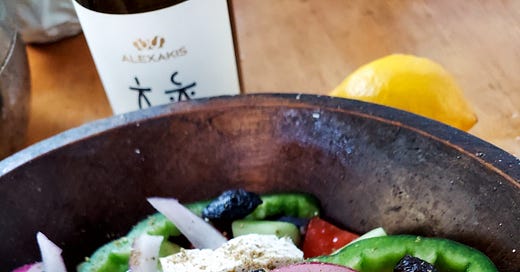CHEF SALAD
TODAY IN CHEF SALAD: Mary Norris, author of “Between You and Me: Confessions of a Comma Queen” and “Greek to Me”
Back when I lived in NYC (in the late 80s, 90s, and early 00s), it often fel…
Keep reading with a 7-day free trial
Subscribe to The Department of Salad: Official Bulletin to keep reading this post and get 7 days of free access to the full post archives.




